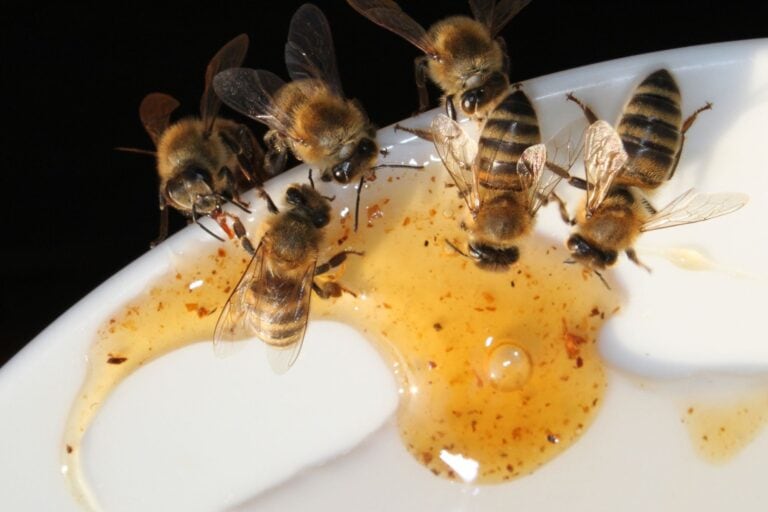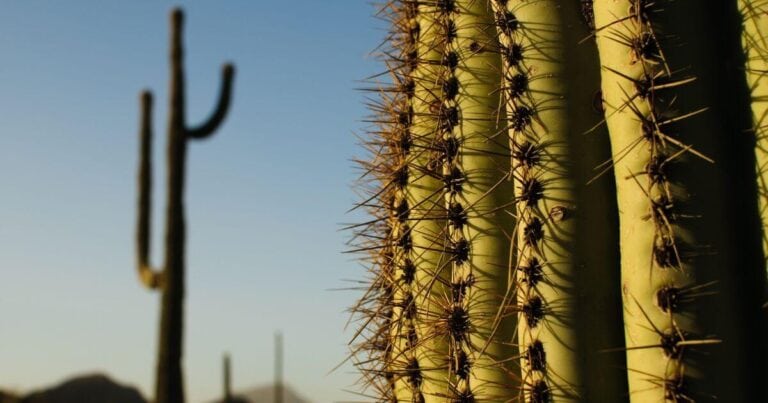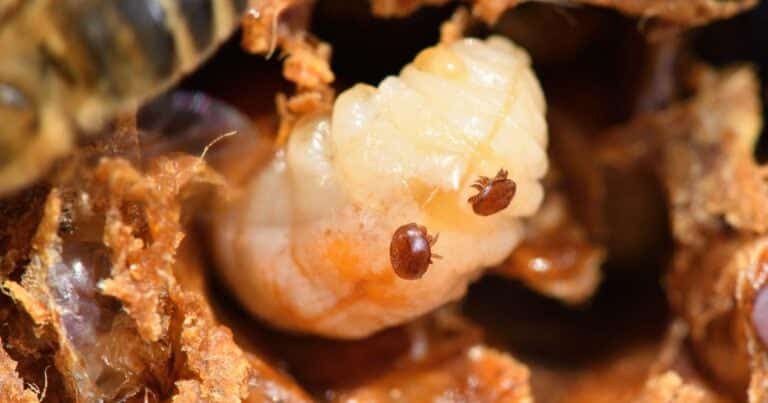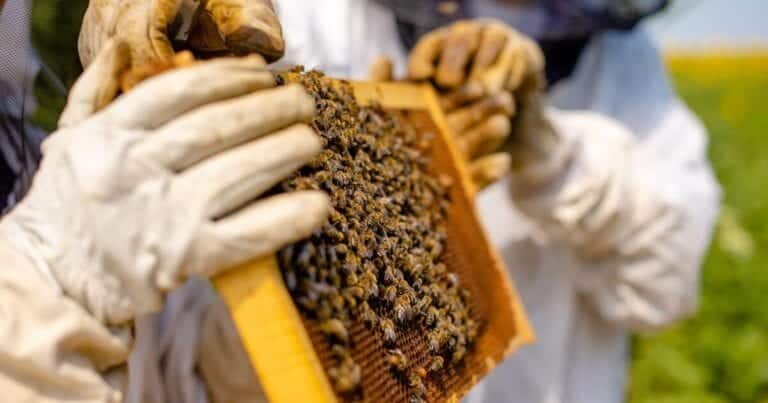Blue Banded Bee in Australia
Bees are visually charming creatures. Without a doubt, they’re an attractive insect. Enter the blue banded bee – one of the most beautiful bees in Australia.
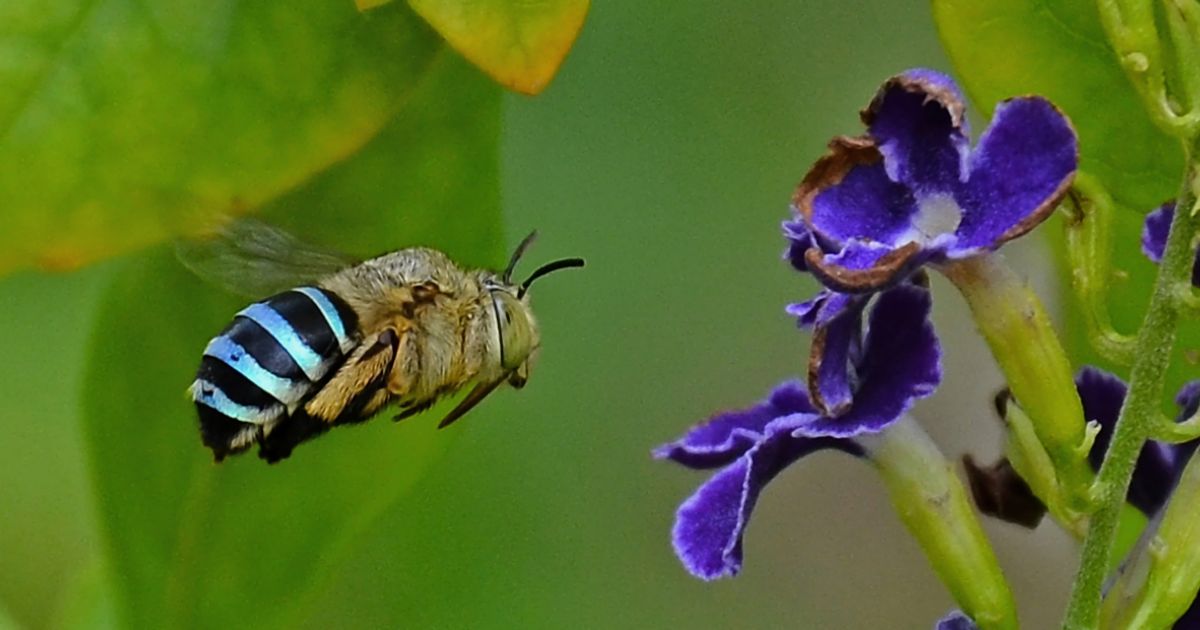
When one sets eyes on the blue banded bee, or Amegilla, it’s another sight altogether.
They’re debatably the most beautiful of Australia’s bees – and yes, they’re native to Australia! They can be found across all Australian states and territories, except Tasmania.
Blue banded bees are about 11 mm long, with a furry red-brown thorax and striking bands of metallic blue across their black abdomens; a stark contrast to the usual colourings of their relatives.
Unfortunately, these stunning bees are preyed upon by many animals – including cane toads, frogs, birds and the neon cuckoo bee. Human activity also threatens them, so it’s important to raise awareness of this unique, beautiful and useful native Australian bee.
Surprisingly, blue banded bees are not sociable like honey bees. Instead of living in large colonies, they are solitary creatures.
Where do blue banded bees nest?
Blue banded bees inhabit urban areas, woodlands, forests and heath areas.
After mating, female bees build a solitary nest to raise their young. She will choose somewhere secluded for her nest, such as a shallow burrow in clay soil or mudbricks.
Like small neighbouring houses in a village, the bees may congregate and build their nests close to one another.
Skilful pollinators
The blue banded bee is a great pollinator with a very special trick up its sleeve. This subspecies performs a unique type of pollination known as ‘buzz pollination’.
Quite a few native Australian flowers (and some introduced species) hide their pollen inside tiny capsules.
But these clever bees can grasp a flower and pulsate their flight muscles, causing the pollen to shoot out of the capsule. She can then collect the pollen for her nest and carry it from flower to flower, pollinating the flowers.
These bees are therefore very important in local food production, contributing to at least 30% of Australian crops.
As this process is required for many native and introduced species, researchers have a special interest in the blue banded bee’s ability to perform this pollination manoeuvre.
In one example, scientists at the University of Adelaide are developing native blue banded bees for greenhouse tomato pollination, as tomato flowers are pollinated best when visited by a buzz pollinating bee.
Understandably, it’s preferred to use a native species, instead of introducing a species to perform the same act.
Do blue banded bees make honey?
Blue banded bees do not make honey. Instead, these solitary native bees have nests to rear their young. There is only enough nectar and pollen to feed young bees until they mature and leave the nest.
Do blue banded bees sting?
Australian native bees aren’t aggressive and are unlikely to sting you. Like many native bees, the blue banded bee does have a stinger. However, they’re placid bees and non-aggressive. They’ll only sting if roughly handled.
Are blue banded bees rare or endangered?
Because blue banded bees are solitary bees and aren’t found in typical bee hives, you might think they’re rare and perhaps endangered. However, they are common in Australia.
There are actually around 14 known species of blue banded bees, which are found in most states of Australia.
How to attract blue banded bees into your garden
The blue banded bee collects most of its food from blue flowers, including a popular fave for bees – lavender (Lavandula species). However, it’s also known to feed on the following flowers:
#1: Mountain devil (Lambertia formosa)
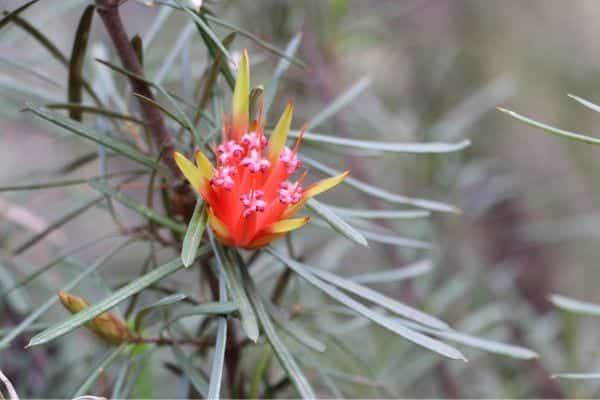
#2: Grey spider (Grevillea buxifolia)
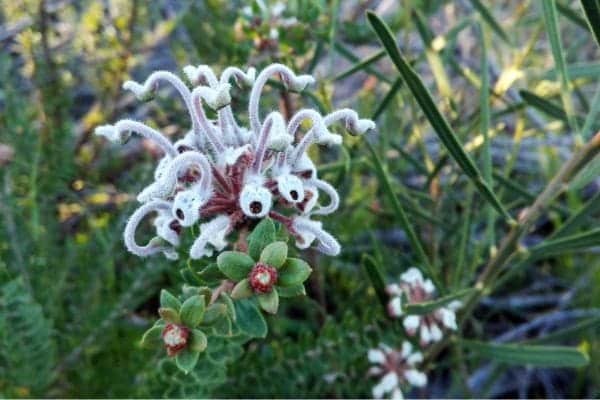
#3: Abelia grandiflora
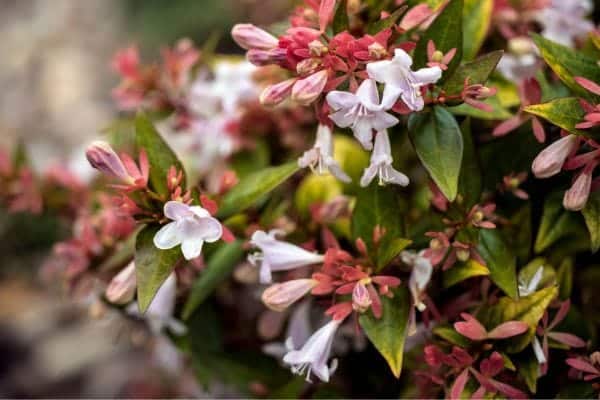
Since the blue banded bee doesn’t typically travel far for food, growing plants such as these will encourage this stunning bee to reside in your area.

